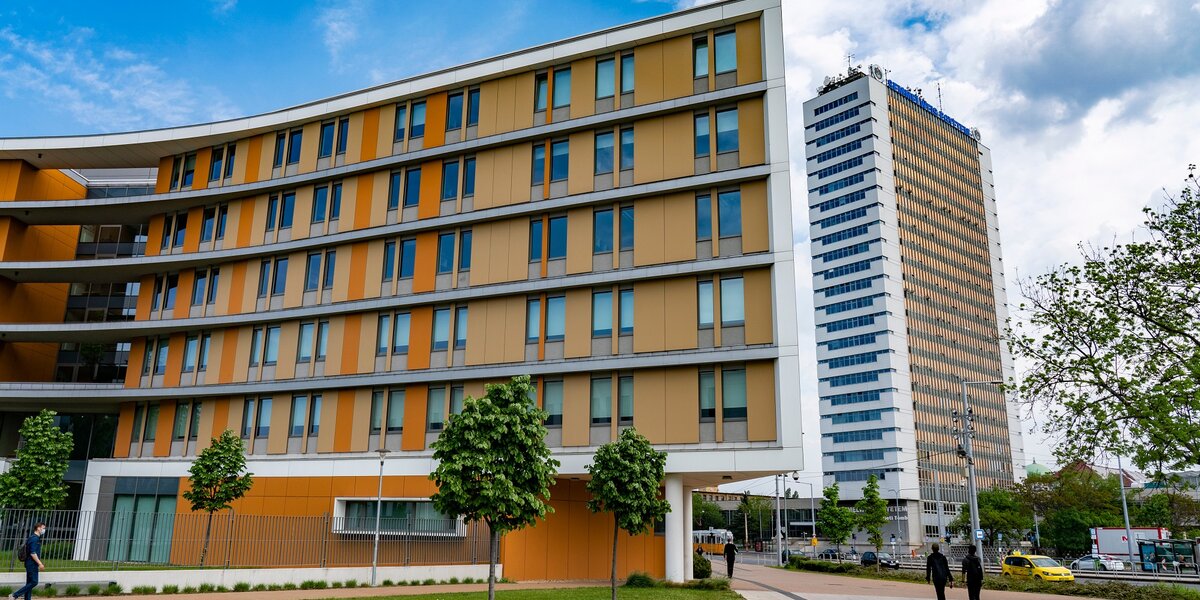How the European Union’s Renovation Wave is Turning the Tide on Energy Efficiency
Let's Save Energy
Alliance to Save Energy's Blog
How the European Union’s Renovation Wave is Turning the Tide on Energy Efficiency

Between the COVID-19 pandemic, a presidential election in its final days, and will-they-or-won’t-they negotiations for the next recovery package, the European Union’s publication of its “Renovation Wave Strategy” last week may not have made much of a splash. That’s a shame, because across the pond, the strategy is delivering some of the most important building policy in decades, promising a tidal wave of energy efficiency retrofits. The Renovation Wave seeks to double retrofit rates in the next 10 years – allowing the E.U. to modernize 35 million buildings by 2030 in an effort to meet climate targets, address energy poverty, and create jobs.
According to the Commission, 1% of buildings in the European Union currently undergo renovation for energy efficiency upgrades each year. Just doubling that rate to 2% would have an enormous impact on energy savings, while also creating 160,000 new construction jobs and putting the European Union on track to meet both its 2030 and 2050 climate goals. The Renovation Wave focuses on three areas: tackling energy poverty and worst-performing buildings, decarbonizing heating and cooling, and renovating public buildings including schools, hospitals, and administrative buildings.
Given that 34 million Europeans were unable to afford to keep their homes heated prior to the economic impacts of COVID-19, the Renovation Wave Strategy centers on the amelioration of energy poverty through efficiency upgrades. To address energy poverty as well as the worst-performing buildings, the Commission proposes minimum energy performance standards coupled with financing to limit the monthly net expenditures of inhabitants. The Commission also recommends the expansion of energy performance contracts to encourage greater renovation rates, a policy the Alliance advocates for here in the U.S. Energy performance contracts partner individuals or businesses who are unable to finance the capital costs of energy efficiency upgrades with contractors who can finance that cost, allowing the customer to pay back the contractor through energy savings over time. In addition, as energy poverty challenges vary across geographies, the Commission plans to pilot an Affordable Housing Initiative and release additional guidance for energy-efficient renovations in rural areas.
The second core aspect of the plan, decarbonizing heating and cooling, is critical for achieving the European Union’s target of 55% emissions reductions by 2030 – energy consumption of heating and cooling must be reduced by 18% to stay on track. The Renovation Wave calls for strengthening the capacities of public authorities to implement heating and cooling planning in coordination with renovation projects, as well as potentially raising targets for renewable heating and cooling. Additionally, the plan calls for examining whether to incorporate all emissions from buildings into the European Union’s Emissions Trading Scheme (EU ETS), which currently includes only about 30% of building emissions from heating. Incorporating all emissions into the EU ETS would create a market that more accurately values efficient, low-carbon heating and cooling technologies.
The final area of the plan takes on renovations of public buildings such as schools, hospitals, and other government infrastructure – which are in some respects the low-hanging fruit for energy efficiency renovations. While home and commercial retrofits often must include landlords, tenants, and various other stakeholders in conversations, energy efficiency renovations of public buildings typically can be streamlined through public agencies. To incentivize these renovations, the Commission seeks to fully account for all costs and benefits of energy efficiency renovation investments in the built environment, and will consider developing green procurement criteria for public buildings in the early 2020s. These actions can boost the European recovery while preparing essential facilities for future shocks; in the U.S., the Alliance has called for a campaign to retrofit public buildings in its Mission Critical Facility Renewal Program as one of our COVID-19 priorities.
As the COVID-19 pandemic appears likely to extend into the new year and many countries in Europe face another wave of infections, it is clear that the economic impacts of this virus are far from over. Given that activity in construction has fallen 15.7% in relation to 2019 and energy efficiency investments have dropped by 12% with no clear sign of a rebound, the Renovation Wave promises to create bold economic and job growth for the European Union and its 27 members states while helping it to reduce emissions and build back better.
STAY EMPOWERED
Help the Alliance advocate for policies to use energy more efficiently – supporting job creation, reduced emissions, and lower costs. Contact your member of Congress.
Energy efficiency is smart, nonpartisan, and practical. So are we. Our strength comes from an unparalleled group of Alliance Associates working collaboratively under the Alliance umbrella to pave the way for energy efficiency gains.
The power of efficiency is in your hands. Supporting the Alliance means supporting a vision for using energy more productively to achieve economic growth, a cleaner environment, and greater energy security, affordability, and reliability.



